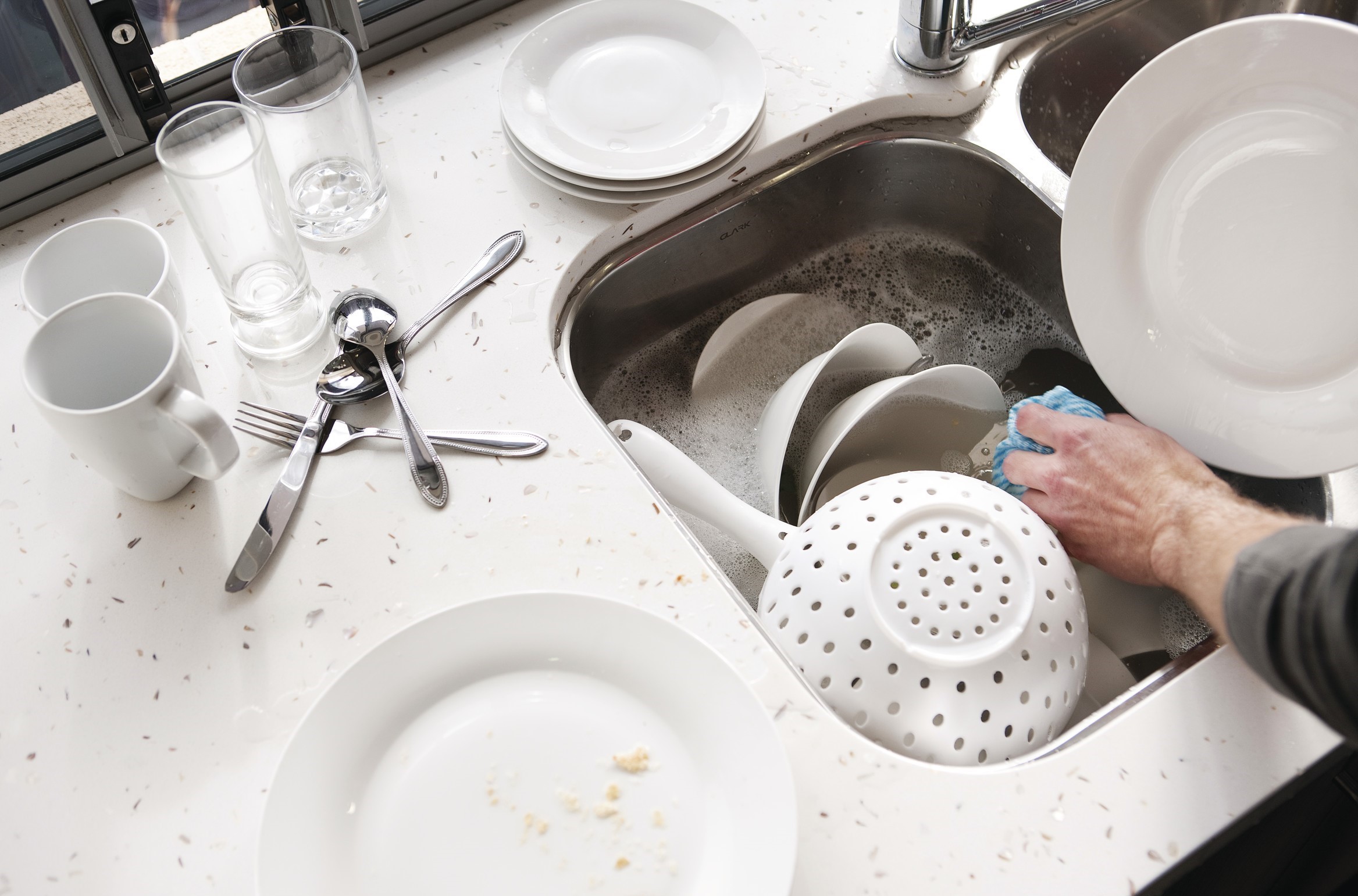Household wastewater management
Correctly managing your household wastewater helps to prevent blockages and overflows in your home, which can save you a costly call for emergency plumbing services. It also protects our environment by preventing harmful materials from entering waterways and contaminating ecosystems.
Understanding your wastewater system
Household wastewater is the used water from your sinks, showers, toilets, dishwashers, and washing machines. It is mostly made up of water (99.9%) due to the large volumes of water required to run showers and water-using appliances. This water travels through a huge network of pipes to one of our treatment facilities. By following proper disposal methods for waste, you can help clean wastewater. This clean water can then be used in two ways: watering plants (irrigation) or, with even more treatment, it can even be made safe for drinking again.
We only manage half of the wastewater system, and the rest is in your property. This means that everyone plays a crucial role in preventing blockages and ensuring our water resource can be recycled for a sustainable future.
Learn more about sewage blockages and overflows.
Wastewater management tips
1. Keep your overflow relief gully (ORG) clear

An ORG is a grated drain located outside of your property, usually near a bathroom or laundry. It is designed to release wastewater outside and away from your home during a blockage or overflow.
To ensure that your ORG is functioning properly, follow the steps below:
- Make sure the loose grate fitted on your ORG can pop off easily if an overflow occurs.
- Clear your ORG from obstructions such as pot plants and leaf litter so it can drain properly.
- Make sure your ORG is set above the surrounding ground level to prevent stormwater flowing into it.
If your property does not have an ORG, you can get one installed by a plumber at your own cost.
2. What not to flush

Our drainage systems are only designed for toilet paper, pee, and poo. Unfortunately, many things get flushed that shouldn't. These unflushable items like wipes, cotton buds, and even "flushable" products create blockages that can cause sewage backups in homes and pollute our oceans when they make their way there.
Learn more about what not to flush.
3. What not to put in your sink

Don’t pour fats, oils, and grease down the drain. Let them solidify in a container and put them in the bin instead. Remove grease and food scraps from your dishes before you wash them. Additionally, use a strainer in your kitchen sink to catch any remaining food scraps before they enter the drain.
Learn more about fats and oils in the drain.
4. Planting around our wastewater systems

While trees and shrubs beautify our surroundings, choosing the wrong ones or planting them in the wrong spots can lead to costly infrastructure damage. Tree roots can sneak into cracks in underground pipes to find water, causing blockages and requiring costly repairs.
To avoid this, always call Before You Dig Australia before planting trees anywhere on your property and contact your local council for specific guidelines on verge planting.
Learn more about choosing the right tree.
With your proper waste disposal habits and informed planting practices, we can all work together to prevent blockages, and protect our waterways.